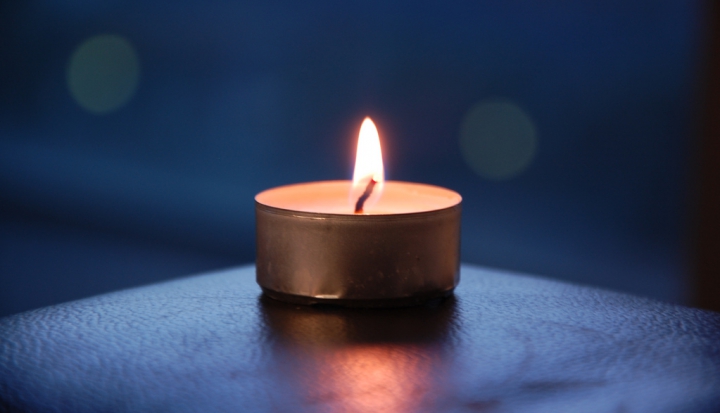Iraqi military, backed by U.S. airpower and a scattering of U.S. boots on the ground, were tightening their grip around Mosul as autumn began in the Western Hemisphere. While military strategists prepared for a final offensive to drive ISIS from Iraq’s second largest city, staff of Caritas Internationalis, Catholic Relief Services, and other relief agencies prepared for what some feared could be the humanitarian crisis of 2016: More than 1 million people may be put to flight across the desert as the fight for Mosul intensifies.
Not far away, the suffering in Syria showed no sign of letting up as a U.S.-Russia brokered ceasefire in September quickly unraveled. The suffering in Aleppo was broadcast live over social media as new depths of inhumanity were plumbed by the authors of Russian and Syrian aerial assaults.
In the geographic neighborhood, the mostly unreported suffering in Yemen continues, much like in Syria, without indication that either side is closer to peace. Just as great powers like the United States and Russia vied for global dominance by proxy, now regional powers Iran and Saudi Arabia engender suffering.
The conflicts we know of are bad enough, but how many grind on far from the inquiring eyes of Western media, far from the prayers and cares of people in the developed world—from drug wars in Mexico to battles over power and resources in central Africa? The number of inter- and intra-state conflicts has been on the rise in recent years, up to 72 in 2015 from 41 in 2011, according to the Uppsala Conflict Data Program. What Pope Francis has described as a piecemeal World War III indeed seems closer to a reality as new hotspots of tension flame into open conflict.
It is Advent, for Christians the time of waiting for the Prince of Peace, who cannot come soon enough. How hard to wait for him amid this swirl of chaos and suffering. It seems endless, futile, and heartbreaking. After an evening scanning YouTube reports replete with the tears and misery of children pulled from the rubble of sturdy buildings that had just seconds before been their homes, how Habakkuk’s first complaint sounds true:
O Lord, how long shall I cry for help and you will not listen?
Or cry to you “Violence!” and you will not save?
Why do you make me see wrongdoing and look at trouble? (1:2–3)
In these dark moments—as tensions that seemed to have subsided in Colombia and between the United States and Russia, China and Japan rise again—it is easy to despair. Where is God in this piecemeal World War III? How long, O Lord?
Like us this season, God is waiting, an accompanying silence, for us to write our vision on the tablet, to find our way to bring this world of conflict to an end. The vision presses on to fulfillment, and it will not disappoint; it will surely come. Indeed, it is already coming.
As dreadful as these various conflicts unquestionably are, despite the horrible headlines and soul-draining videos of children in peril or already lost to it, in the great arc of human history we are actually coming tantalizingly closer to an era of comparable peace. The number of people dying in war-making is at a historic low, especially compared to the unprecedented bloodletting of the last century.
Each of us has a responsibility to the vision of a peaceable kingdom. How does our government’s policies and priorities and our personal use of the world’s resources contribute to conflict? Why do we tolerate profiteering from the global arms trade that contributes to the sorrow? Why do we vote for members of Congress who prioritize war-making and defense spending over investments that build up communities and protect human dignity?
It will not be late.
Find the good news where you are and hold fast to it.
This article also appears in the December 2016 issue of U.S. Catholic (Vol. 81, No. 12, page 42).











Add comment